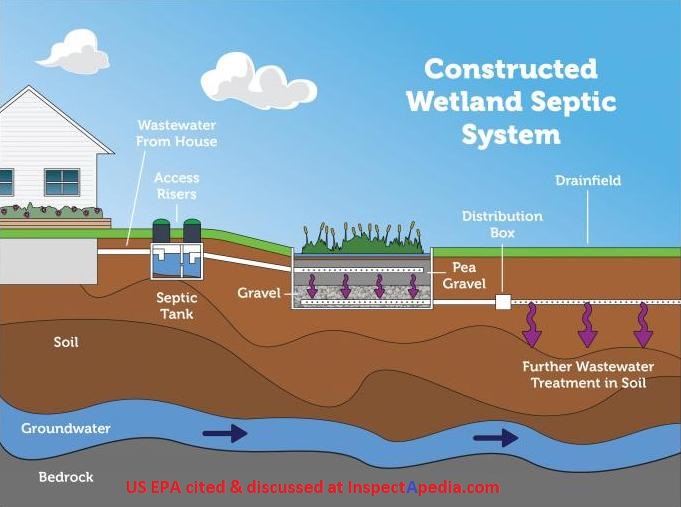It s a three bedroom house and the distance form the house to the drain field will be approximately 300 feet.
Uphill septic system diagram.
The system is sited to allow gravity to advance wastewater throughout the septic system.
Septic system design and size can vary widely from within your neighborhood to across the country due to a combination of factors.
Steep sloped site septic system designs.
How to install sewer or septic lines at steep sites proper drain line slope is important in avoiding septic or sewer line clogging and backups steep hillside septic system design details for sloped septics questions answers about how to build a septic system on steeply sloped land.
A conventional gravel system is comprised of a septic tank and drainfield.
There are a variety of pumped system designs that can be used when it is necessary to move the effluent uphill.
The pump has only given out once in the last 20 years and the sand trap septic tank needs pumping every so often for solids no difference from standard in ground septic systems there.
A conventional gravity system is the simplest form of an onsite wastewater system and requires deep usable soil depths 30 inches.
So to sum it up it is common in some areas to have to make stuff flow uphill and pumps are made to do this quite well.
These factors include household size soil type site slope lot size proximity to sensitive water bodies weather conditions or even local regulations.
Is it best to get an engineer to design the system or should the local installers know how to handle the pump and pipe sizing.

